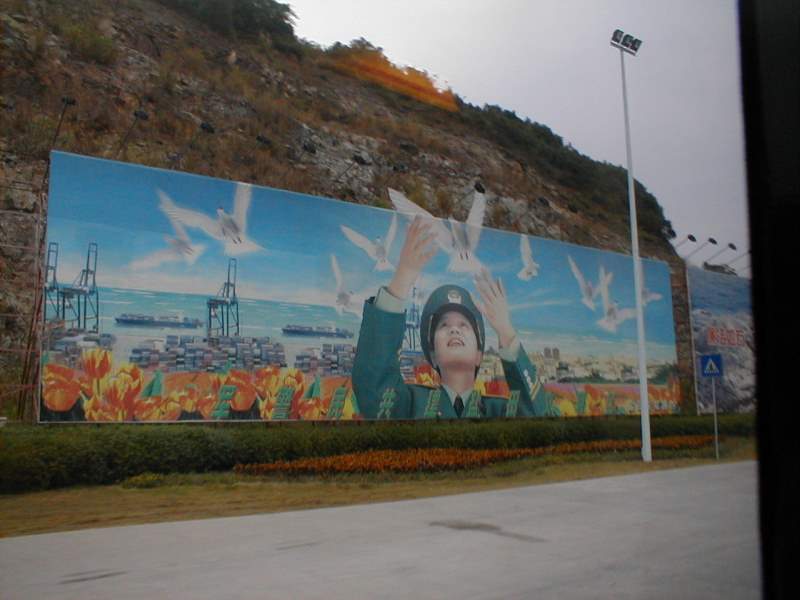Chapter 6: Finding a lever to move the world: the design paradigm and its value
Download chapter HERE (103kb pdf format)
Chapter 6 introduces a design paradigm as an aid to understanding this process of technological shaping within the globalising economy. This builds on the shift in manufacturing from established core to emerging periphery which was presented in Chapter 2. This shift reflects the success of the newly industrialising countries at the convergent stage of the design model presented here. It involves efficient production utilising mature technologies. However, the very different cognitive requirements of each design stage are a measure of the challenges facing countries like Malaysia and Taiwan, both of which have developed policies intended to take them from the essentially convergent tasks of global production to transformative and divergent activities.
The difficulties encountered by the East Asian economies in the nineteen-nineties highlighted the stresses inherent in the emerging global system. The tight coupling of the system propagates the diverse problems of these individual nation states across the globe. This chapter examines the emergence of strategies and alliances across regional and organisational boundaries with a model derived from design management.
Arguments around incremental versus systemic innovation in design, the literature on innovation, and implementation, and on the necessity of innovative milieux are introduced.








